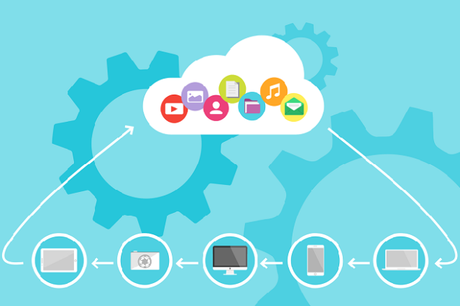
By 2022, 28% of key IT spending will shift to the cloud, according to Gartner. This is just but a simple example of how big cloud computing is bound to grow over the years. While more businesses are bound to focus on the cloud, the chances are that most will fall prey to cloud vendor lock-in.
This occurs when businesses have to depend on a vendor for their service even though they under deliver in terms of what the business needs. In most cases, this situation leaves business impaired since leaving their cloud vendor might be more costly than simply braving the inefficiencies that they have.
Here is how cloud vendor lock-in occurs and how to prevent it:
How Vendor Lock-in Occurs
While following vendor relationship management best practices is a sure way to build a strong bond with vendors, it is never enough to start a relationship without an exit strategy. Most businesses end up relying on a single vendor for all business processes without considering the cost of over-reliance. The deeper a business gets to working with vendors, the higher the chances of its cloud applications becoming incompatible with other vendors.
This reliance on the systems of a single vendor comes to hurt the business once they feel that their current vendor no longer fulfills their needs. Since their cloud infrastructure might be incompatible with other vendors, it might be both time-consuming and expensive to shift to other vendors. As a result, the best option is to compromise on the inefficiencies of their current vendor.
It Trickles Down To Vendor Choices
The best way to avoid cloud vendor lock-in in the first place is to be quite choosy when picking cloud vendors in the first place. IT teams should commit to in-depth research when choosing between any two vendors. Not only should they concentrate on the current business requirements, but they should also look into the future of their business.
Will you receive more website traffic or do you expect to expand your business in the future? Such questions are pivotal to making the right choice. If possible, you should also consider embracing a multi-cloud approach at cloud computing to cater to the downsides of one vendor with the services of another.
Keep Applications Flexible
Vendor-specific applications are a recipe for disaster in some cases. When creating application tweaks, ensure that these tweaks aren't over-reliant on the vendor's cloud architecture. It should be quite easy to use the same application on another cloud platform.
As for data backup, ensure that you do it in an easily usable format, and do it regularly. You should also consider using the 3-2-1 rule of data backup to ensure that you have your data stored in three different locations. All of this can be pivotal when it comes to improving business continuity and disaster recovery.
Consider the Risk to Benefit Ratio
If you must create your application in a way that will be specific to the vendor's platform, look at the risk to benefits tradeoff. For instance, consider whether the business model of the vendor will be effective enough to last for many years down the line so as to keep your application running smoothly. On the other hand, the perspective of other customers of the vendor should also count.
If a big number of customers are all in on the services of the specific vendor, it might be worth the risk. For a more in-depth approach on the viability of a vendor , you can ask the vendor for information such as their cash position under a nondisclosure agreement to assess their future.
Flexibility in the cloud can be pivotal towards the continuity of your business. Running a business independent of a single vendor will help you maintain your business despite any vendor's failure. Be prudent when starting relationships with vendors to avoid over-relying on them.


